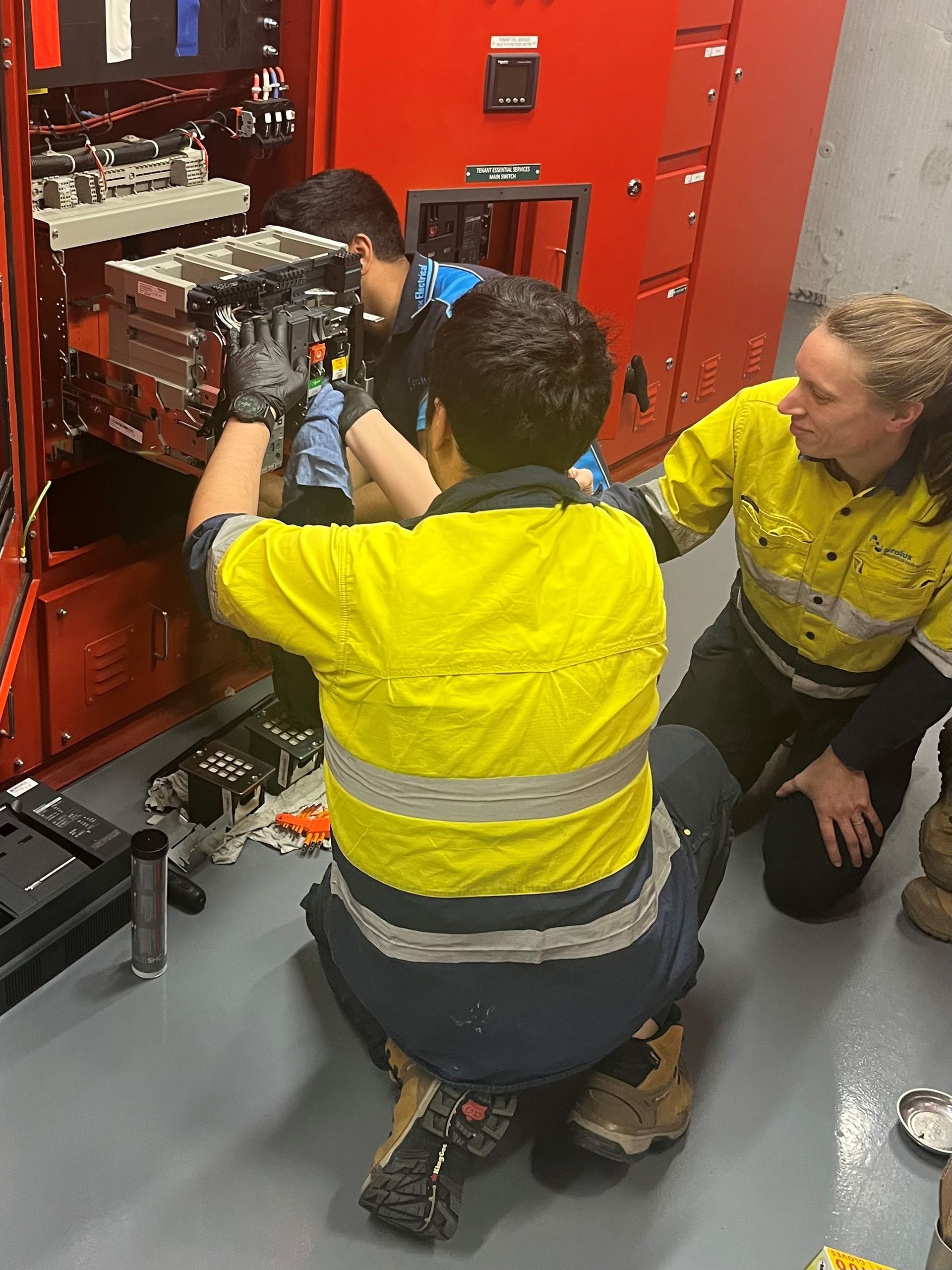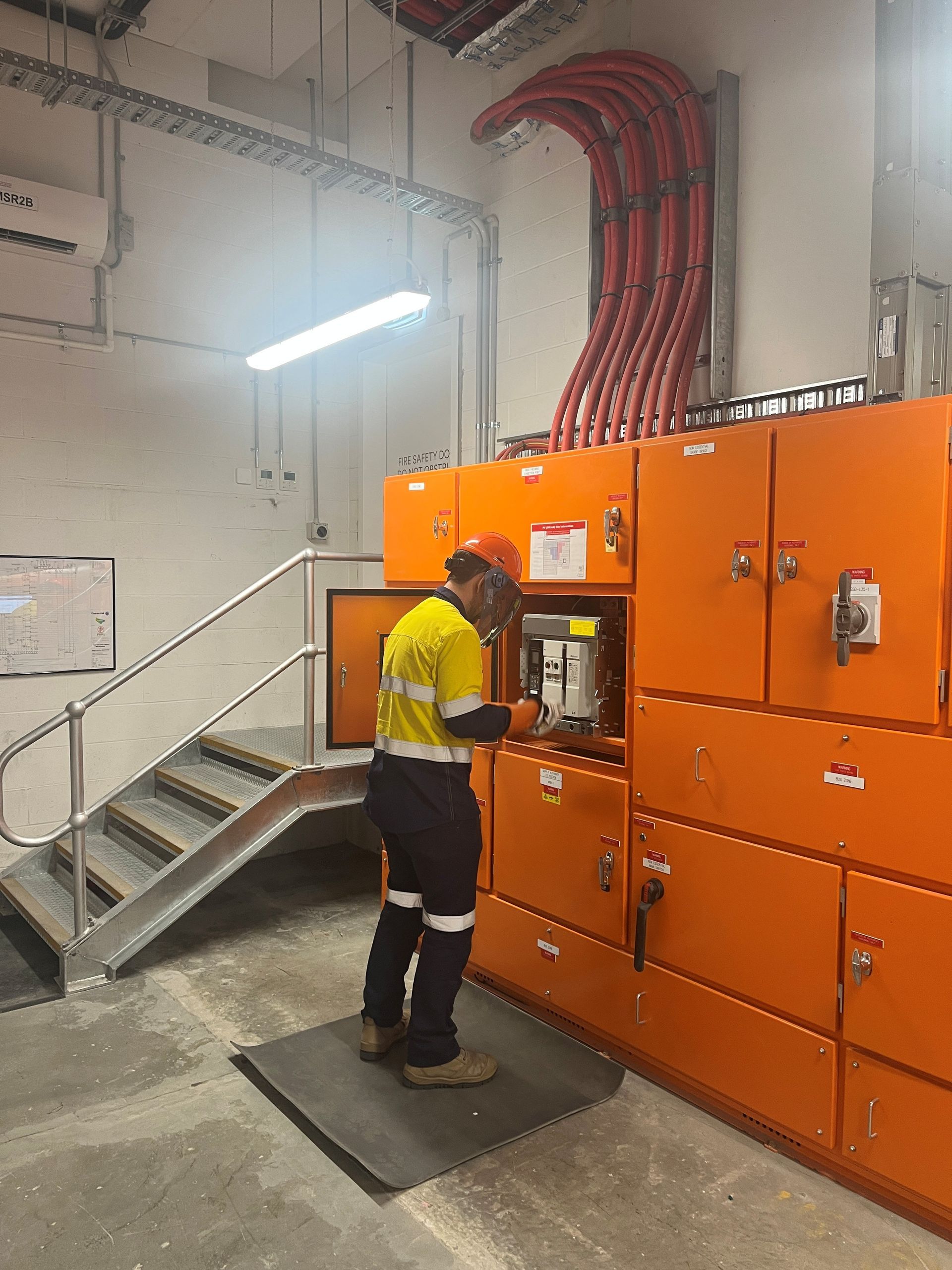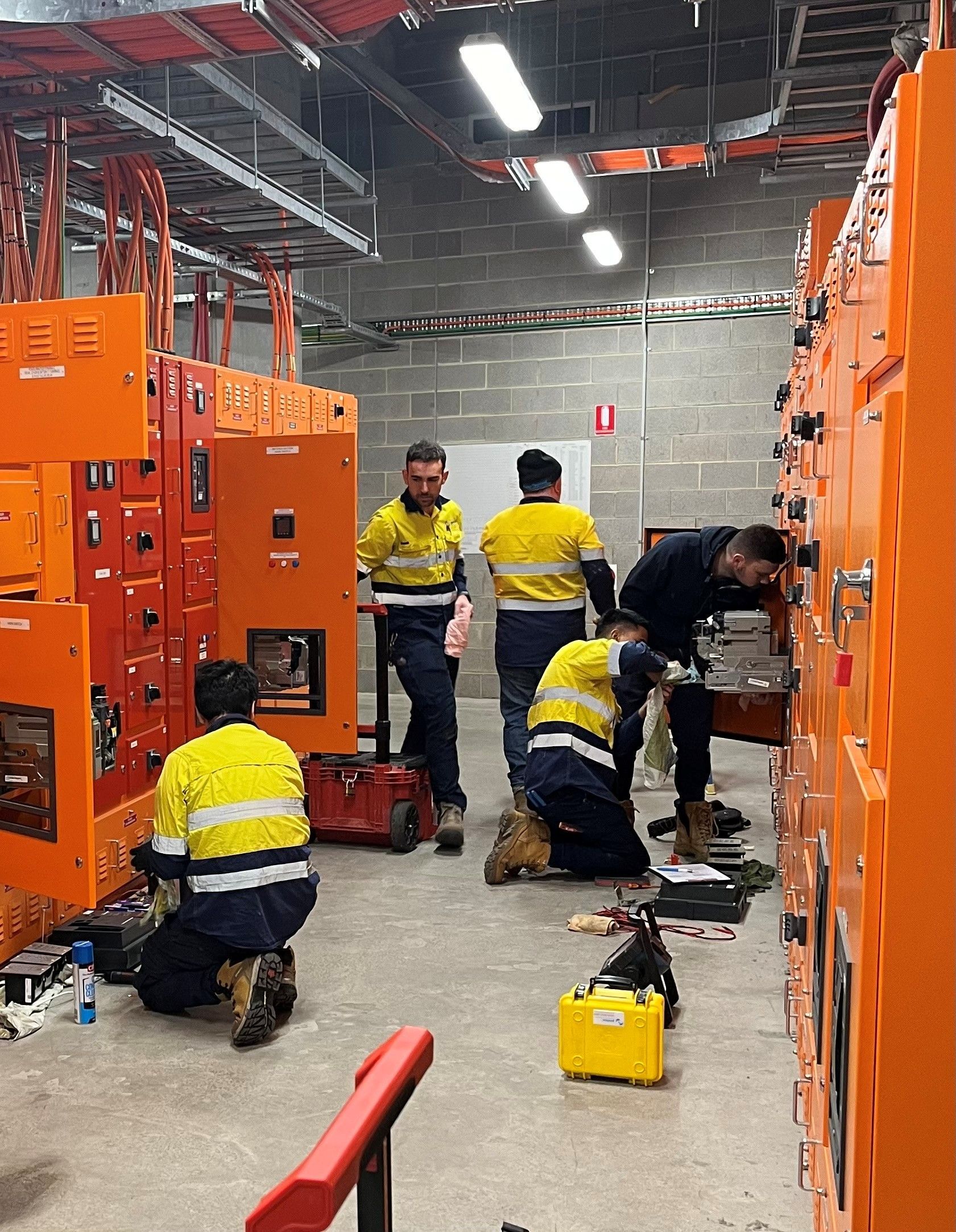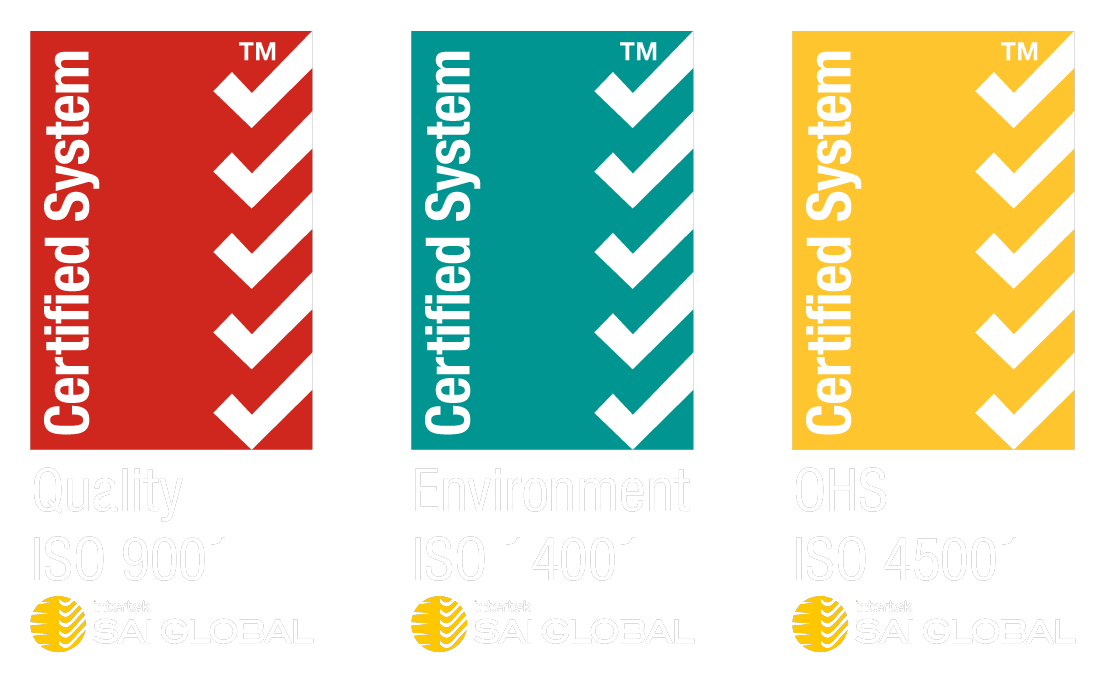Air Circuit Breakers (ACBs)
Service | Testing | Replacement
Specialists in ACB servicing and testing across all major brands - keeping electrical systems safe, compliant and performing under fault conditions when reliability matters most
Safeguarding critical power infrastructure
Air Circuit Breakers (ACBs) are high-capacity protection devices used in buildings with large power supplies. They protect against overloads, short circuits and equipment failures, ensuring safe operation of electrical distribution networks in commercial and industrial facilities.
Regular testing and servicing extend the life of equipment and guarantee it responds correctly under fault conditions — protecting your building, your people and the wider network supply.
Why maintain your ACBs?
Safety First:
Reduce the risk of an arc flash, fire or dangerous fault
Stay Compliant:
Meet AS/NZS standards, insurance obligations and regulatory guidelines
Avoid Downtime:
Prevent unexpected outages and costly disruptions
Protect Assets:
Extend the life of switchboards, transformers and critical infrastructure

Brands we service
Schneider (MasterPact & EasyPact MVS)
Terrasaki (TemPower2)
ABB (SACE)
NHP (MODpower)
LS Electric (Susol & Metasol)
Mitsubishi
GEC Alstom
F&G
Prolux technicians are trained across all major ACB brands, providing reliable maintenance that keeps your electrical systems safe and compliant.

What's included in ACB servicing?
- Mechanical and electrical inspections
- Primary & secondary injection testing
- Protection relay calibration / firare upgrades
- Contact resistance testing
- Cleaning, lubrication and adjustments
- Verification of interlocks and safety mechanisms
- Detailed compliance reporting for audits and insurance
Although not always mandated by law, ACB maintenance is regarded as best practice for managing electrical risk. Regulatory bodies such as EnergySafe require owners of large electrical installations to keep equipment in good working order and prevent interference with the supply network. Failing to do so may lead to penalties as well as serious operational consequences.

Common failure risks
Fails Open
The breaker trips correctly to clear a fault but cannot be reclosed due to wear or damage. This leaves the installation without power until the equipment is repaired or replaced.
Fails Closed
The breaker fails to operate during a fault, allowing extreme fault current to flow. In high-demand buildings, this can cause catastrophic damage, equipment destruction and dangerous arc flash events.
Recommended service intervals for ACBs and switchgear vary depending on the asset and operating conditions. Manufacturer guidelines generally recommend servicing every 2-3 years, based on environment and load. However, best practice is to carry out annual servicing, often aligned with a planned building 'black-out' or shutdown test to ensure full system reliability. For high-voltage assets, building owners with private HV switchgear have an obligation to implement a High Voltage Safety Management Plan, including defined switching procedures and routine inspections, to maintain compliance and reduce risk.

